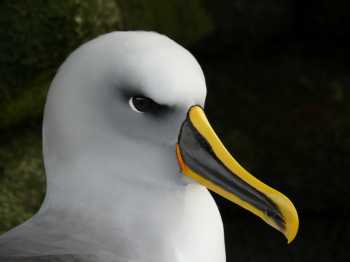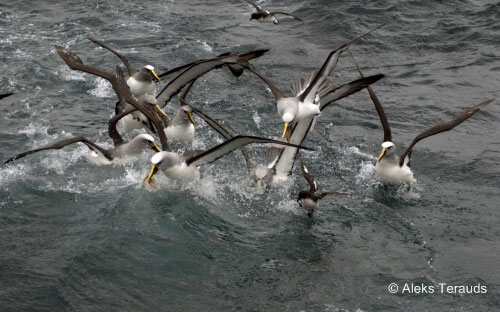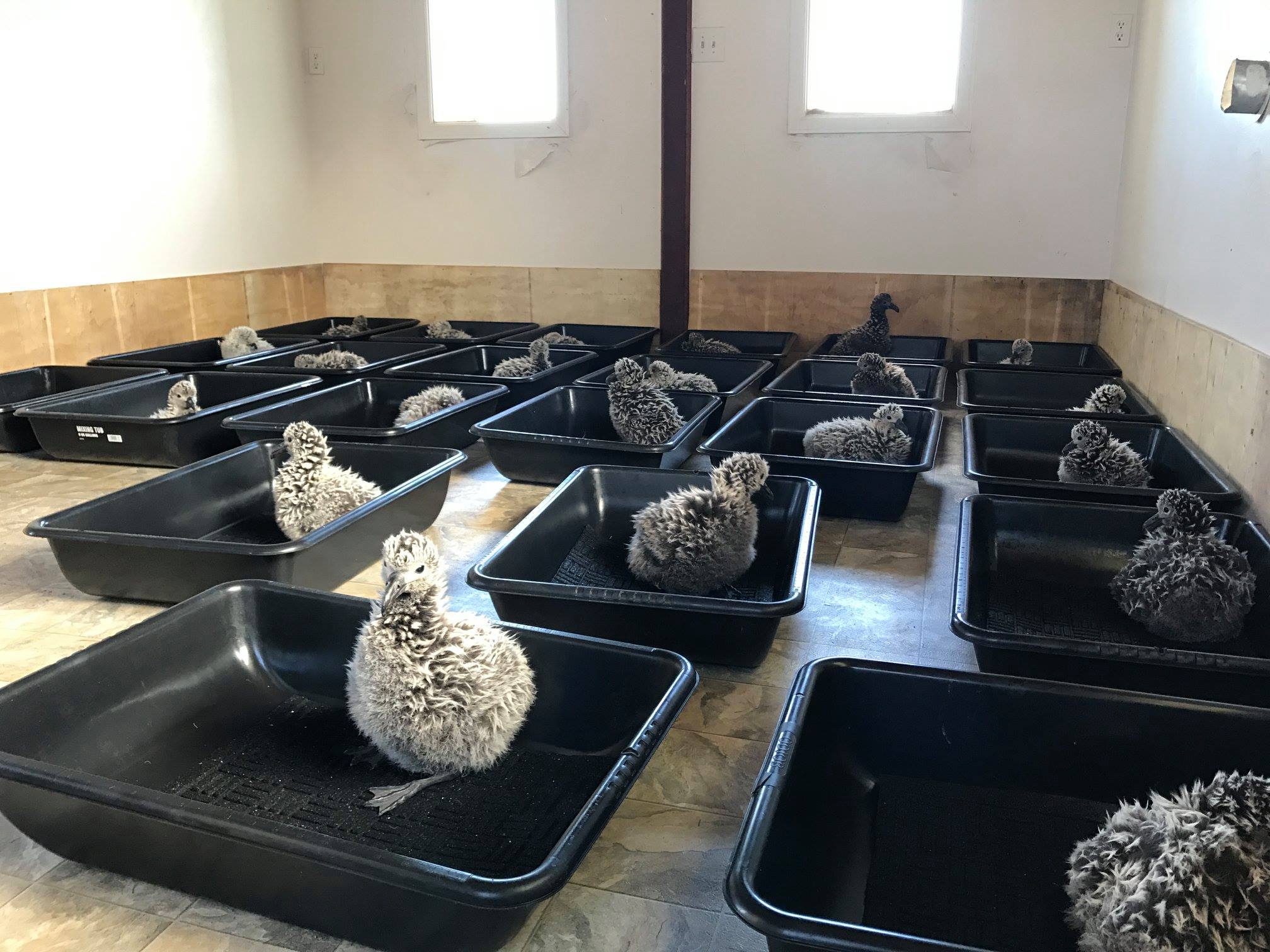UPDATE. Nine transmitters were still working by 23 July. Click here to view a 'hotspot' map. There is one very obvious hotspot of activity in a sea area approximately 1000-1500 km SW of the Galapagos Islands, with another hotspot of activity in the vicinity of the Galapagos Islands themselves".
Fourteen globally and nationally Vulnerable Black Petrel Procellaria parkinsoni chicks were tagged with satellite trackers by the ecological consultancy Wildlife Management International at their Mount Hobson breeding colony on New Zealand’s Great Barrier Island in May 2018 in an endeavour to find out more about the at-sea movements of this ACAP-listed species as pre-breeding juveniles. The study was initiated as a consequence of the poor return rate of banded juveniles as first-time breeders.
At the most recent report 11 of the 14 transmitters were still functioning. The birds have followed similar routes eastwards across the Pacific towards South America. They have been mostly concentrating their activity in an area of ocean approximately 1500 -1900 km SSW of the Galapagos Islands, although three birds are now close to the Galapagos and one has travelled on to come close to the South American coast. The total distance travelled by the young birds to date is given as 160 733 km, averaging 11 480 km per bird. Follow the petrels’ future movements (until the transmitter batteries run out) here.

Black Petrel at sea, photograph by 'Biz' Bell

A Black Petrel chick is fitted with a satellite transmitter, photograph from Samantha Ray, Wildlife Management International

Fledgling Black Petrel tracks by 15 July. The crosses mark the last known positions of three birds that are no longer reporting
Read more here.
Earlier in the 2017/18 breeding season adult Black Petrels feeding chicks on Mount Hobson were satellite tracked by Wildlife Management International, revealing that they were making 5000 - 6000-km foraging trips “as far away as the east coast of Australia, or far to the east of the Chatham Islands”.
John Cooper, ACAP Information Officer, 16 July 2018

 English
English  Français
Français  Español
Español 


